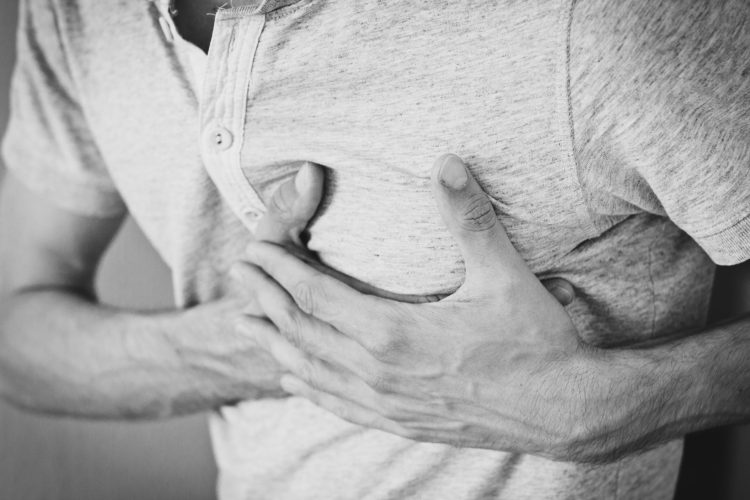Massage is often thought of as a pain free, calming experience, which is usually true. However, sometimes after a therapeutic massage our bodies can have different reactions than expected. Some people experience nausea, while some may have headaches, or most commonly people have stiffness and soreness.
Nausea is regularly associated with the flu, or food poisoning, or general illness. Although it is rare, some people will feel nausea during or after massages. This can be caused by a few things, one being the congestion and pressure on the sinuses of the face.
During a massage, your blood gets moving, fluids start circulating the body, and sometimes the sinuses of the face can get congested as a result. This creates pressure on the cavities and can recreate the symptoms of a migraine and secondarily cause nausea. The nausea should subside immediately or shortly after the treatment All this means is that your body is reacting well to the massage and going for regular massages and participating in cardiovascular exercise will help alleviate the discomfort in following treatments. Nausea can also occur from muscle and trigger point releases. When our muscles have been constricted or holding trigger points for a long period of time, the muscles will often hold toxins that would consistently be cleansed of our body, so when the muscle is released so is all the build up of toxins. This can create nausea and general discomfort. To prevent this from happening frequently, drink more water in your daily life, and especially more after exercising. This is an optimal time to help your body flush out materials* as the body is already cleansing, so drinking more water will help the process.
Staying hydrated is also a great way to prevent headaches from occurring after treatments. Often times, massage can get your body cleansing itself, and that takes energy out of your body, and if you’re already dehydrated headaches can occur after treatments. Staying hydrated is always important, but when getting massaged it should be at the forefront of your mind, as it is something that you can do to maximize the benefits of your treatments. When you are properly hydrated you are also less likely to become stiff or sore after massage therapy treatments.
Days following a treatment often expose the areas in your bodies which need more attention and treatment. This will often be shown as stiffness or soreness in specific parts in the body. What this means, is your muscles responded very well to treatment, but are not in the ideal health they should be. When your muscles get stretched, or manipulated through massage, fresh blood flow will enter the tissue, and will rejuvenate the muscle. After a few hours however, and the days to follow, if the muscle is not at it’s optimal health, the lack of blood flow that will follow as the muscle goes back to it’s original position the muscle will feel stiff or sore. To prevent this, pay attention to the way your body reacts to massage, and then spend more time working those muscles through physical activity and stretching them. When those muscles get more consistent optimal blood flow, they will react wonderfully to massage and will not stiffen up in the days following a treatment.
Receiving regular massage therapy will help with most conditions and although your body may not relax the first few treatments, the reactions your body displays will tell you what you and your therapist can work on and create a treatment plan so that you are at your optimal health.



0 Comments